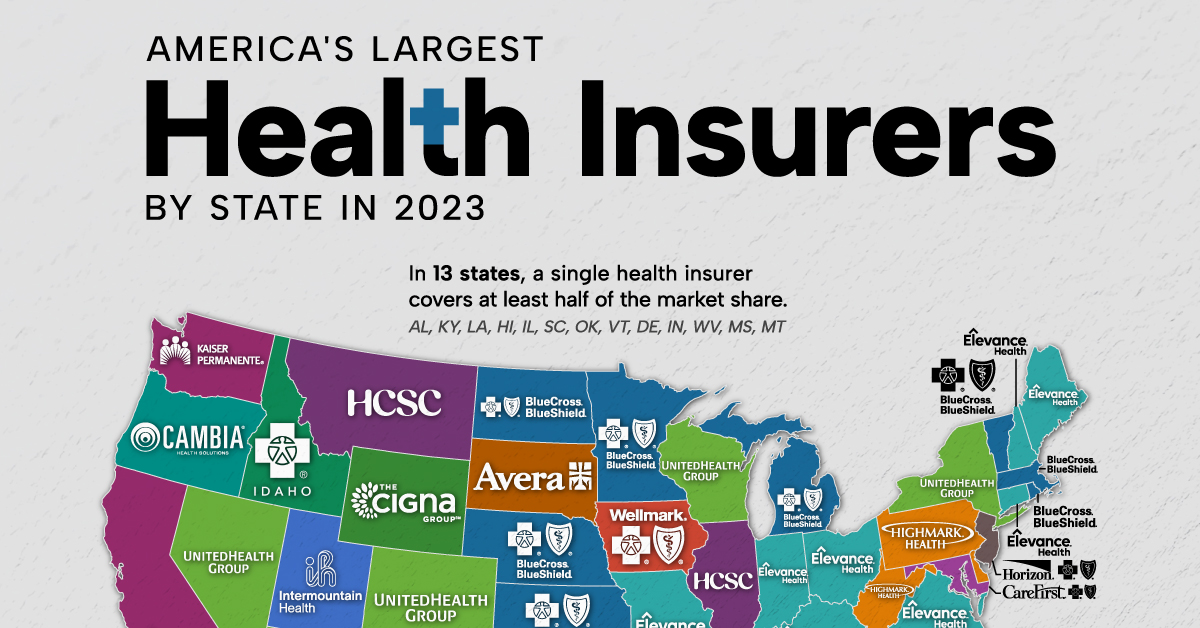Navigating health insurance in the USA can feel overwhelming, especially with all the complex terms. Understanding key concepts like deductibles, premiums, and copays is essential for choosing the right plan and managing healthcare costs effectively.
In this guide, we’ll break down these terms in simple, clear language so you can make informed decisions about your health insurance coverage.
1. What is a Health Insurance Premium?
A premium is the fixed amount you pay for your health insurance every month, whether or not you use medical services.
✅ How Premiums Work:
- Paid directly to your insurance provider.
- Required to keep your coverage active.
- Higher premiums often mean lower out-of-pocket costs when you receive care.
📌 Example:
- You have a health insurance plan with a $400 monthly premium.
- Even if you don’t visit a doctor, you still must pay the $400 each month to maintain coverage.
✅ How to Lower Your Premiums:
✔ Choose a higher deductible plan (lower premiums but higher costs when you need care).
✔ Qualify for government subsidies (like the Premium Tax Credit for Marketplace plans).
✔ Enroll in a health plan through your employer, which often subsidizes costs.
2. What is a Deductible?
A deductible is the amount you must pay out-of-pocket before your insurance starts covering costs.
✅ How Deductibles Work:
- You pay 100% of medical costs until you meet your deductible.
- After meeting your deductible, your insurance begins covering a portion of your expenses.
- Some plans have separate deductibles for medical care and prescription drugs.
📌 Example:
- Your plan has a $2,000 deductible.
- If you have a $1,500 hospital bill, you pay the full amount because you haven’t met the deductible yet.
- If you have another $1,000 bill later, you only pay $500, because you’ve now met your $2,000 deductible.
✅ High vs. Low Deductible Plans:
| Plan Type | Premium Cost | Deductible Amount | Best For |
|---|---|---|---|
| High Deductible Health Plan (HDHP) | Lower | Higher ($1,500 – $7,500) | Healthy individuals, HSA users |
| Low Deductible Plan | Higher | Lower ($250 – $1,000) | Frequent doctor visits, chronic illness |
📌 Tip: If you rarely need medical care, a high-deductible plan may save you money. But if you visit doctors often, a low-deductible plan might be better.
3. What is a Copay?
A copay is a fixed amount you pay for medical services each time you visit a doctor, get a prescription, or receive treatment.
✅ How Copays Work:
- Set amount per visit or service.
- Copays do not count toward your deductible but count toward your out-of-pocket maximum.
- Different services have different copay amounts.
📌 Example Copay Costs:
| Service Type | Typical Copay Amount |
|---|---|
| Primary Care Visit | $25-$50 |
| Specialist Visit | $50-$100 |
| Urgent Care Visit | $75-$150 |
| Emergency Room Visit | $150-$500 |
| Prescription Medications | $10-$100 (varies by drug tier) |
📌 Example Scenario:
- You have a $30 copay for doctor visits.
- You see your doctor for a check-up and pay $30 at the time of the visit.
- Your insurance covers the rest of the cost.
✅ Copay vs. Coinsurance:
| Term | What You Pay | When You Pay |
|---|---|---|
| Copay | Fixed amount (e.g., $30 per visit) | At the time of service |
| Coinsurance | Percentage of total cost (e.g., 20%) | After deductible is met |
📌 Tip: Plans with lower copays tend to have higher premiums, while plans with higher copays often have lower premiums.
4. Out-of-Pocket Maximum: The Most You’ll Pay
An out-of-pocket maximum is the most you’ll have to pay for covered services in a year.
✅ How It Works:
- Includes deductibles, copays, and coinsurance.
- Once you hit the maximum, your insurance covers 100% of covered medical costs.
📌 Example:
- Your plan has a $7,000 out-of-pocket maximum.
- Throughout the year, you pay $3,000 in deductibles, $2,000 in copays, and $2,000 in coinsurance.
- You’ve reached $7,000, so your insurance now covers all remaining medical expenses for the year.
✅ 2024 Out-of-Pocket Maximum Limits:
- Individual Plans: $9,450
- Family Plans: $18,900
📌 Tip: Look for plans with lower out-of-pocket maximums if you anticipate high medical expenses.
5. Putting It All Together: Example Scenario
Imagine you have the following plan:
- Premium: $400/month
- Deductible: $1,500
- Copay for doctor visits: $30
- Coinsurance: 20%
- Out-of-Pocket Maximum: $6,000
✅ Your Yearly Medical Costs
- January: You visit a specialist ($30 copay) and get blood work ($150, applied to deductible).
- March: You go to the ER ($1,200 bill). You pay the remaining $1,350 of your deductible, then 20% coinsurance on the rest.
- July: You need surgery ($10,000 bill). Since you’ve already met your deductible, you only pay 20% ($2,000) in coinsurance.
- September: You hit your $6,000 out-of-pocket max, so insurance covers everything else for the year.
Final Thoughts: How to Choose the Right Plan
Understanding premiums, deductibles, and copays is key to picking the best health insurance.
✅ Best Plan for You:
✔ Healthy Individuals: Choose a high-deductible plan with an HSA.
✔ Frequent Doctor Visits: Pick a low-deductible, low-copay plan.
✔ Chronic Illness: Look for low out-of-pocket maximums.
💡 Need More Help? Use the Marketplace Plan Finder at HealthCare.gov to compare options based on your budget and healthcare needs.
